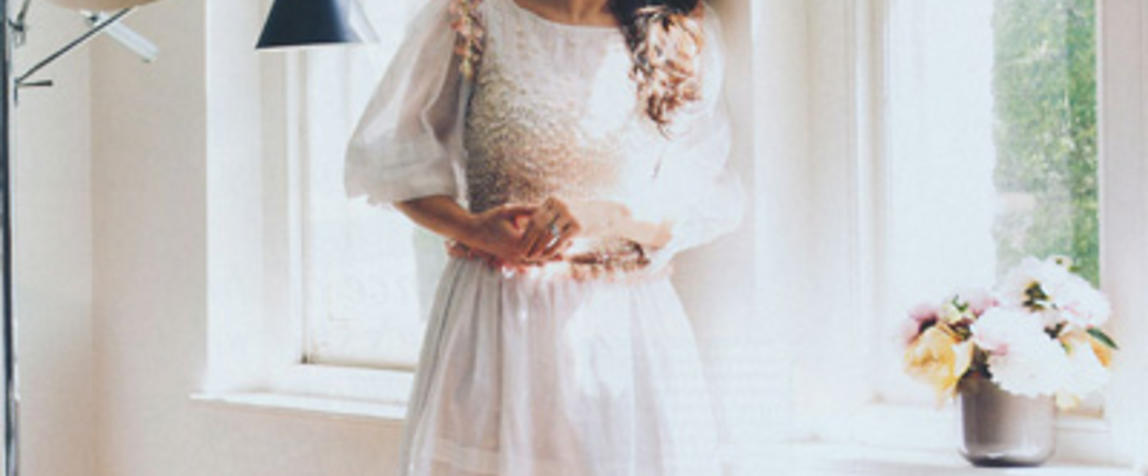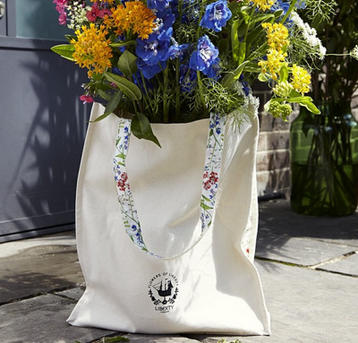A closer look at the P&G/Coty mega-merger, Avon sells Liz Earle for $292 million, the world's leading countries for cosmetic surgery, and the top 10 US beauty and personal care companies.
A closer look at the P&G/Coty mega-merger
The ink's barely dry and the complex deal will take over a year to finalise. Brands such as , , Wella, Gucci and Dolce & Gabbana have been skewering the spotlight. But Coty has acquired a total of 43 brands in one of the largest recent transactions in cosmetic history, including Nioxin, Sebastian Professional, Lacoste and Stella McCartney.
The combined businesses have annual sales of US$5.9 billion, in contrast to Coty's global sales in 2014 of US$4.5 billion. A drop in the ocean for P&G where they accounted for only 7 per cent of total sales. Coty becomes the number one perfume maker ahead of L'Oréal and the number three makeup player behind its French rival and Estee Lauder. It also enters the haircare sector for the first time, where Wella and Clairol have a number two market share. Coty hopes that haircare and colourants will account for 24 per cent of its total sales going forward.
Because of the strength of the P&G brands, Coty gains greater access to fast-growing markets such as Brazil, Japan and Mexico but it also has a lot of legwork to do to revive brands such as which need to appeal to a younger audience. Several other brands aren't buy-and-go, either, and need increased investment. While Coty will become a more powerful player in the global market, it has undergone a tough re-structuring over the past three years because of flatlining sales. The overwhelming positive of the new agreement, though, is that Coty is playing to its primary strength - fragrance and beauty. P&G wasn't.
Over the past 15 years, P&G spent billions acquiring major haircare brands such as Wella and Clairol and upmarket designer fragrance licenses. In a bid to chase fatter profit margins and growth, the multinational tried to dominate the beauty and cosmetic world but moved too far out of its core area of expertise. Last year, CEO Alan Lafley admitted to an analyst conference - "We start thinking we are a beauty company and we spend all our time at the Oscars or Grammys or in Fashion Week, which now runs for months, and we don't stay focused on the consumer".
As the Wall Street Journal put it - P&G has faced up to its mistakes in the beauty business. The multinational can now focus on the 65 brands that account for the vast chunk of its sales and profits. Beauty will remain a part of the mix, of course, spearheaded by Pantene, and in the luxury category. Both of the "magic" mass brands have experienced declining sales and a loss of global market share over the past two years but there's no doubting their potential to recover with more investment and TLC. As a former P&G employee told the Wall Street Journal - at the time, going after the beauty business made all the sense in the world. Indeed, it did.
Avon sells Liz Earle for $292 million
The world's largest direct seller of cosmetics bought UK-based natural skincare brand, Liz Earle, in 2010. Some analysts thought the move indicated a new direction but others couldn't see any logic in the strategy. Over the next five years there were no further buy-outs, so it quickly became clear that wasn't attempting to build a prestige division.
The time has come to move on and Avon has sold Liz Earle to Walgreens Boots Alliance for $292 million in an all-cash transaction. The brand was small beer to Avon, accounting for just under 1 per cent of the giant's consolidated revenues. But the proceeds of the sale will go a long way towards Avon's anticipated redemption of US$250 million (due in March 2016). Walgreens Boots is in the midst of a beauty-led recovery and is a better "home" for Liz Earle as it ups its prestige skincare offerings in the US and the UK. Says Sheri McCoy, Avon CEO: "We are focused on promoting our own skin care and broader beauty portfolio".
World's leading countries for cosmetic surgery
Australia ranks 22nd in the world with an estimated number of 317 plastic surgeons, sandwiched between Argentina and Thailand. By contrast, the US has 6,300. But when you look at the size of the world's population, cosmetic surgery and non-surgical procedures are a long way from being mainstream.
According to the International Society of Aesthetic Plastic Surgery, over 20 million procedures - with and without the knife- were performed worldwide in 2014. The US accounts for 20.1 per cent of the global total (4.06 million), followed by Brazil with 10.2 per cent (2.05 million) and Japan at 6.2 per cent (1.26 million). The next seven placegetters were: South Korea (4.8 per cent), Mexico (3.5 per cent), Germany (2.6 per cent), France (2.1 per cent) and Colombia (1.8 per cent).
There's also a big three when it comes to the number of surgical procedures. Eyelid surgery, liposuction and breast augmentation lead the pack, followed by fat-grafting and rhinoplasty. Botox is king by a country mile in the non-surgical category, accounting for just under double the rate of its main rival - dermal fillers. Hair removal, chemical peels and laser skin resurfacing round out the top five.
Women totally dominate the global cosmetic procedure market, accounting for 17 million procedures - 86.3 per cent of the total. Men still fronted up for 2.5 million procedures - 13.7 per cent - with eyelid surgery, rhinoplasty and liposuction the most sought-after "improvements".
The top 10 US beauty and personal care companies
It could be a different story next year when the full impact of the P&G sell-off becomes clear. But the giant concern again topped the sales rankings of US-based beauty and health/personal care multinationals in 2014. Further down the rankings, it's interesting to note that three brands which have recently been acquired by owners with much larger wallets also have healthy bottom lines - Dermalogica (39; sales of US$200 million), Too Faced Cosmetics (45; sales of US$150 million) and Murad ( 48; US$130 million)
1) Procter & Gamble - US$68.9 billion
2) Colgate-Palmolive - US$15 billion
3) Estee Lauder - US$10.9 billion
4) SC Johnson ( household care and health) - US$9.6 billion
5) Avon - US$6.5 billion
6) Ecolab ( household care and health) - US$6.2 billion
7) Coty - US$4.5 billion
8) Mary Kay - US$4 billion
9) Amway ( Artistry skincare and makeup) - US$3.5 billion
10) L Brands ( Victoria's Secret, Bath & Body Works etc) - US$3.3 Billion
Snippets from the wires
- The ad budgets of the major beauty multinationals may seem large but they are small compared to what they spend in the US. In the 60th Annual Leading Advertisers Report unveiled in the US last week, P&G and L'Oreal ranked among the top 10 advertisers. Right alongside AT&T, General Motors, Verizon, Ford, American Express and Walt Disney.
- In a global game-changer, AmorePacific Chairman, Suh Kyung-bae, has become the first beauty/cosmetic company owner to become the richest person in his native country. Overtaking Lee Kun-hee, Group Chairman of Samsung, to become South Korea's wealthiest man, he owns stocks worth US$11.4 billion. A hefty hike due to the doubling of the beauty giant's share price in the first six months of the year.
- Remember when the creative director of a major beauty brand was largely responsible for colour stories and runway shows? Social media success is also becoming an important part of the role. Lisa Eldridge, creative director for Lancome, launched her own YouTube channel and website in 2010. She now has more than a million followers and some of her most popular tutorials rack up over two million views. Little wonder Lancome came calling. The majority of Eldridge's fan base are young women in their early to mid-twenties. She has a new book launching in October - Face Paint: The Story of Makeup. Pre-order on lisaeldridge.com





